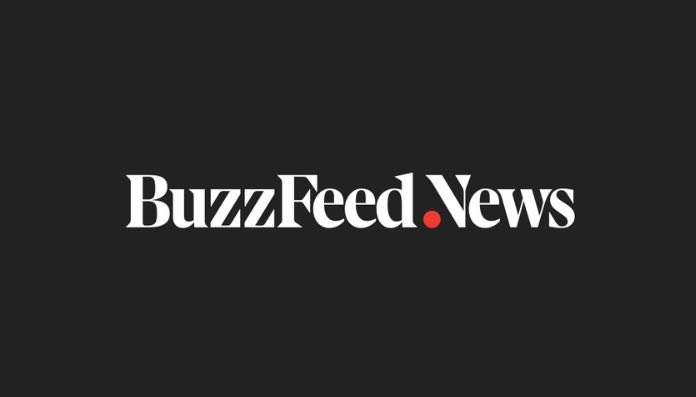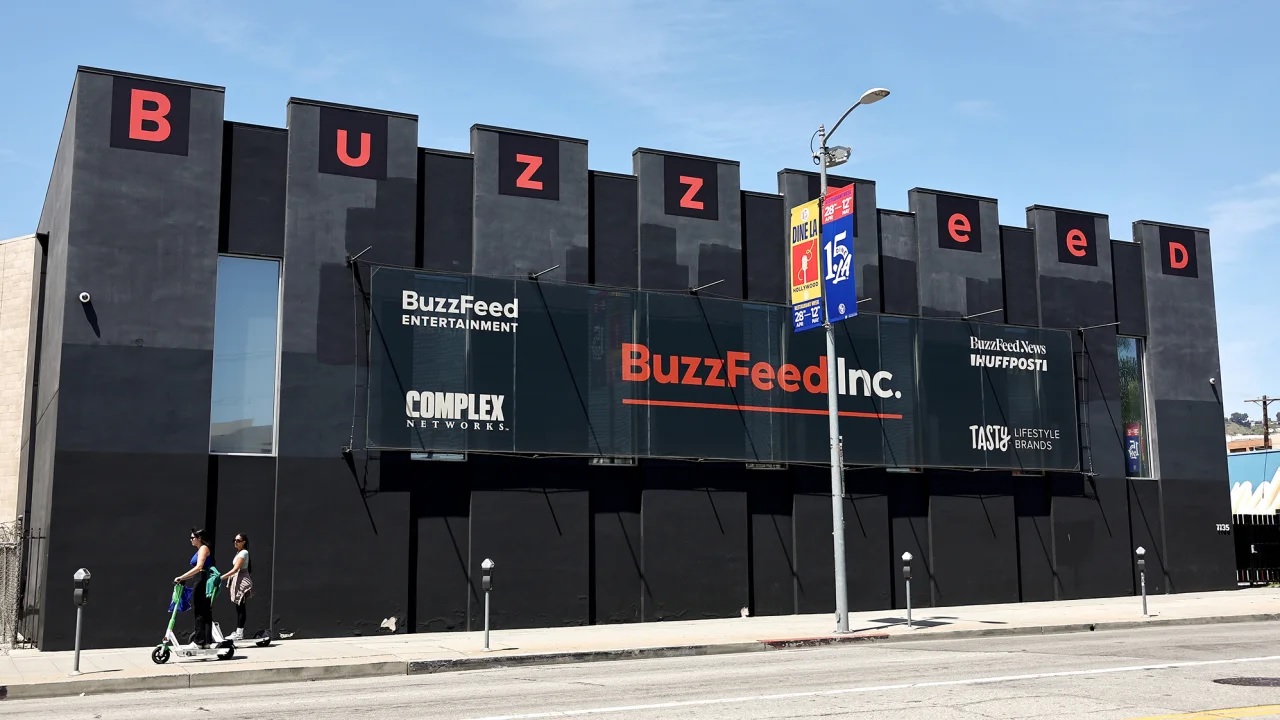The inevitable collapse
When BuzzFeed News was founded in 2011, ahead of the US presidential election, the site created stories that were both lighthearted and serious, using listicles and clickbait to spread online. It was a product of the parent company’s successful work, an internet lab that CEO Jonah Peretti started in 2006.

BuzzFeed News is dead. Photo: GI
BuzzFeed News’s news operations soon gained attention for their aggressive, incisive, and highly viewed reporting, especially after it continued to open overseas bureaus and invest in investigative journalism. Even traditional newspapers like The New York Times, The Wall Street Journal, and Bloomberg News were somewhat learning from BuzzFeed in finding online audiences.
So how did BuzzFeed News, a successful pioneer in the digital age that is still a mainstream media platform, collapse? The answer is simple: Despite its success in both content and operations, and even its “view-attracting” ability, it failed in its most essential task: making money. More precisely, its revenue could not cover the huge costs of operating and hiring journalists around the world .
Even Ben Smith, the founding editor of BuzzFeed News who left in 2020 to become a media columnist for The Times, expressed regret at the news of the site’s demise, saying in an interview that he was “really sad” about the closure.
However, Smith also admitted: “It is the end of the marriage between social media and news.” Meaning that social media and online news are now unlikely to continue to coexist, at least in the “unequal” relationship they currently have.
“We have faced more challenges than I could have imagined over the past few years,” CEO Peretti said in a bitter letter to employees about his decision to close the company’s once-prestigious and iconic news division on Thursday.
In some ways, BuzzFeed is a victim of the broader downturn in the global digital advertising market, with tech giants like Meta, Google, Microsoft, and Twitter all laying off hundreds of thousands of employees since the end of last year.
However, the problem is that if the tech giants that still dominate the global online advertising pie are still having to lay off employees en masse, then it is not too difficult to understand why a digital news site like BuzzFeed would collapse.
Not only the news division, but also the media company BuzzFeed is struggling to maintain growth. At the end of 2021, they listed on the Nasdaq stock exchange and expected to receive $ 250 million, but unfortunately they only raised $ 16 million!
And BuzzFeed is not alone in its decline as a stalwart of the free digital media age. Another media conglomerate, Vice, would have had to shut down its highly successful “viewed” site, Vice World News, had it not found a buyer in The Wall Street Journal.
Insider, owned by German media giant Axel Springer, is laying off 10% of its staff. Vox, another news site that was prominent and successful in the early days of digital media, cut 7% of its staff in January. Gawker shut down in February, and Protocol closed last November.
And will shutting down BuzzFeed News be enough to save BuzzFeed? Investors remain skeptical about the media conglomerate’s survival prospects, with shares falling 20% on Friday.
Why did it collapse and what are the lessons?
What is the real problem with BuzzFeed, and so many other news sites in the age of free digital media? And what lessons can the media learn from these potentially domino-like collapses?
The answer can be said to lie in the fact that digital news sites have rushed into the race to “earn views”, by pouring money into providing products for free online, even partly regardless of quality or journalistic ethics. When social networks did not dominate digital media, this approach brought them great victories because they received revenue from advertising.

BuzzFeed was once a thriving business, with offices around the world, thanks to digital advertising revenue, which has now been absorbed by tech companies. Photo: GI
But as the social media era takes hold with the dominance of platforms like Google, Facebook and most recently TikTok, the online advertising pie has become almost non-existent for news sites, and they have even been turned into unpaid or poorly paid workers for these technology platforms.
The financial pressures on BuzzFeed’s news division have clearly been there for years. In Smith’s forthcoming book about the digital media era, Traffic, he writes that there has long been a “mistake in BuzzFeed’s purpose.”
In good times, BuzzFeed News has been a beacon for burgeoning investigative and political journalism. The site won a Pulitzer Prize in 2021 and was also a finalist for the 2017 Pulitzer. But in its pursuit of “reader clicks,” the site has been criticized for ignoring some of the principles and ethics of journalism that some of its traditional competitors adhere to.
Clearly, the collapse of BuzzFeed shows that the era of free digital media is coming to an end. As mentioned, that extremely fierce battle now has only a small portion of the advertising pie that the “tech giants” have left behind.
In fact, news organizations, big and small—like Reuters, the New York Times, the Washington Post, and local newspapers—are thriving and succeeding not by providing free “views” to readers in exchange for advertising. They’ve abandoned that approach and returned to the old values of journalism: creating products that people are willing to pay for, either through paywalls or subscriptions.
Therefore, the collapse of BuzzFeed may be a regret for many people, but it is also welcome as it serves as a reminder, an important proof that: "The era of free digital media" is gradually coming to an end!
Hai Anh
Source




































































































Comment (0)